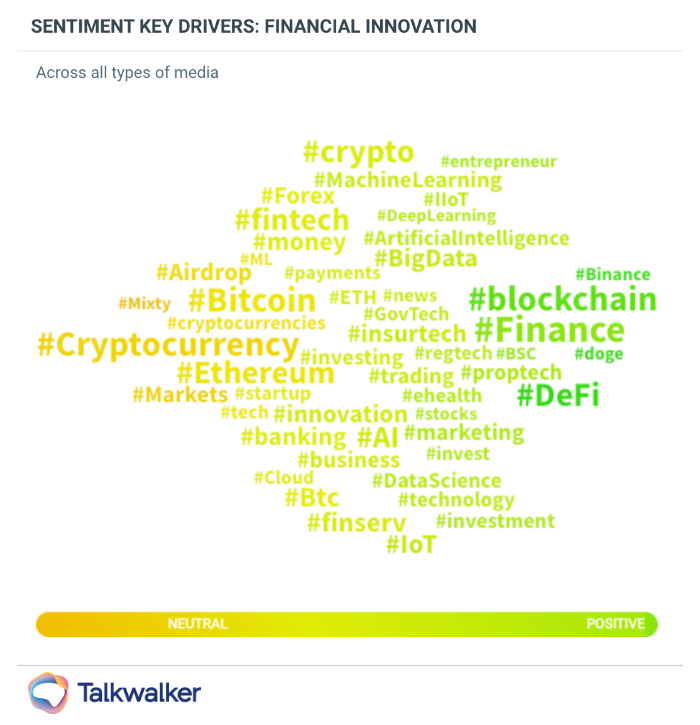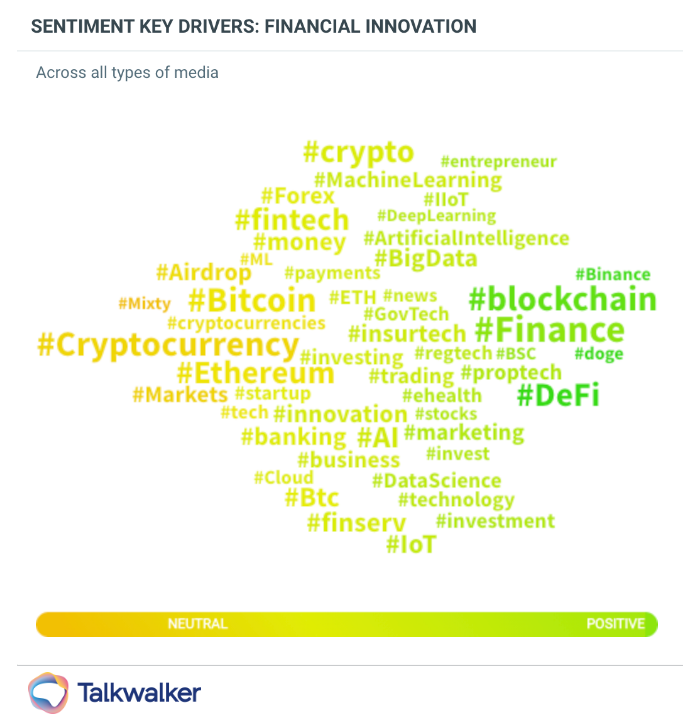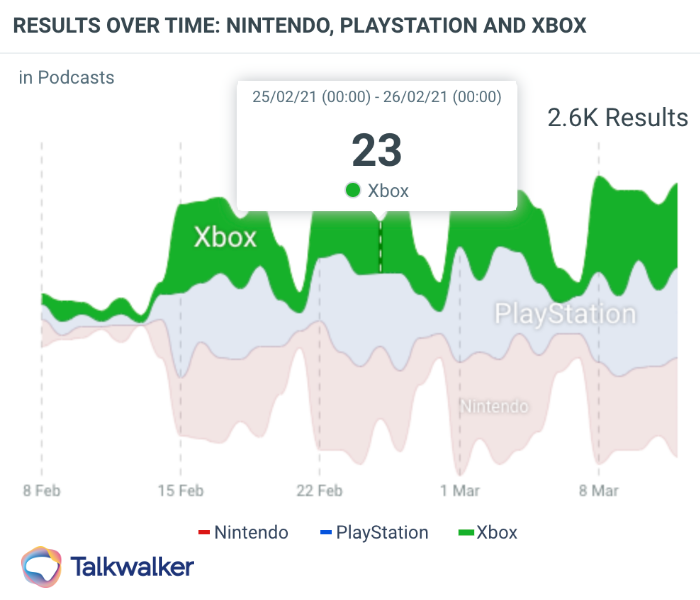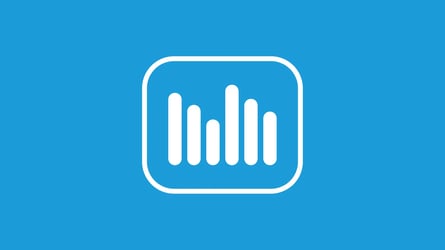Now hear this! Check out podcast analytics in action
Research shows that podcast listeners are more engaged, more likely to buy, and more likely to recommend products they hear about on podcasts than other consumers. Podsights calculates a $2.42 return on podcast ad spend.
Podcast listeners are also more diverse than the population as a whole.
That’s a space worthy of your attention, and more than just casually. Let’s talk about podcast analytics, and the tools you can use to make informed decisions about podcast advertising.
What is podcast analytics?
Podcasting analytics use deeper metrics, beyond standard stats that judge the performance of your podcast like listenership, device split, or average listen time.
Podcast analytics instead drive powerful insights on what your audience seeks, how they feel as they listen, and what motivates them to try out a new product.
Podcast statistics tell the story of how a podcast does. It can indicate a community’s strength.
Podcast analytics tell the story of how a listener feels as they participate in that community.
Podcast analytics takes the pulse of its listeners.
Some common metrics to consider for a podcast, beyond the top-level statistics are things like share of emotion.
-
Each time a new episode drops, what does the social media reaction look like - from an emotional perspective?
-
Similarly, what key themes are driving sentiment - positively or negatively?
These are questions that podcast analytics can help you answer. Listening, and hearing what the listener is saying, allows you to meet them where their needs are.
I don't have a Soundcloud but I do monitor podcasts
What can podcast analytics tell me?
Podcast analytics can help you identify hidden mentions of your brand, as well as finding out what parts of a podcast are resonating with the audience.
Using unstructured text analytics, marketers can now track sentiment and themes across the podcasts they are mentioned or have advertised in.
Understanding key emotional drivers gives insight into what turns a curiosity into a trend, or a listener into a customer.
Within the media's discussion of financial innovation in February 2021 we can understand which areas of financial innovation are being received more or less positively.
How can I assess if a podcast is worth my investment?
Certainly the base podcast metrics, like downloads, can help you forecast the reach of your host live-read sponsorship. Frequently, what you’ll find is that all this correlates to is a higher price.
With over 2,600 podcast mentions of video game consoles from Feb-March on podcasts, which one is the right one for your brand?
After identifying relevant communities, and the podcasts within them for your brand to target, ask yourself these questions:
-
How can you tell if the listeners are engaged?
-
Does the podcast speak with authority to them?
-
Have similar products performed well in the past?
-
Does the length of the contract match your budget and customer buying cycle?
-
This one’s important: the best podcast sponsorship results build trust over a long period of time, so ask yourself: will a one-off live-read work for your brand?
-
These questions should help you narrow down your search, and allow you to create a potential short-list of suitable podcast candidates.
From that list you should compare the conversational data around each podcast and determine fan passion, sentiment, emotional drivers, and general themes around each episode.
This process should also trigger any red flags. You’re also determining if the podcast is brand-safe as well.
What does audience engagement mean on a podcast?
Listening to a podcast is a passive activity. People do it while they engage in more active tasks, like commuting, cooking, or folding the laundry.
So what does audience engagement mean for a podcast?
Sure, downloads are one metric that could be tracked. And revenue can be looked at through a podcast’s unique referral codes.
Those metrics are the top and bottom of the funnel - what’s happening in between?
A podcast audience’s engagement ebbs and flows with each episode. There’s no way to measure minute by minute just how attuned a listener is to a podcast, especially if they’re listening to it on-demand.
But there is a way to monitor where a brand pops up in each of those minutes. From there you can grab context around the mention, then look further for any effects: symptoms of virality like shares and other engagements. Or on the flip side - warning signs, like if the mentions are mostly negative, it can indicate you have a crisis brewing.
A negatively engaged audience needs attention, of course. But they’re engaged! And you’re monitoring it. Right?
How to track podcast analytics? The best tools:
Check out this list of tools that can track all types of analytics for your podcast, your sponsorship, or your brand.
Talkwalker - Podcast Monitoring
Podcast monitoring is essential for brands placing sponsorships across the podcast ecosystem. Using other audio sources like call center transcripts converted to text, opens up a much richer analytical opportunity.
Talkwalker’s podcast monitoring, a new AI-powered feature built on speech-to-text analytics can help contextualize all of these different elements of a podcast conversation.
When paired with data sources from around the internet, or the brand’s own house - be it social data or sales data or web crawling - brings a 360º view of the brand.
Podbean - Podcast Hosting
Podbean is a great place to start hosting a podcast. It offers a free tier, though you’ll find that quickly runs out, though the paid options are also inexpensive.
Furthermore, it offers a few clear paths to podcast monetization, including interstitial ads.
SimpleCast - Podcast basics and support
SimpleCast offers three different price points for hosting and scaling a podcast. All plans are available for a free trial for 14 days.
While the basic plan does include some “basic analytics” the two upper tiers offer location analytics as well. The site also offers support, and can be tailored for small teams.
Blubrry - Podcast Stats
Blubrry also hosts pods, but more importantly it’s the place to go for podcast statistics, including a stats plan that starts for free.
Get numbers like downloads, device, age, listen time, and more.
Backtracks.fm - Open Podcast Analytics
Backtracks.fm has an open source analytics dashboard that can be the perfect place to grab the metrics you need. Also worth your attention is The Switchboard, which compiles your metrics across publishers.
Buzzsprout - Podcasting for niches
Buzzsprout offers lots of metrics and distribution, including the more specialized podcast directories like Castos, Castbox, Overcast, and PocketCasts.
They also offer a suite of powerful tools for audio mixing and mastering. Best yet, they offer all of this for free for the first 90 days.
------------------------
Hopefully these podcasting tools can help you record, mix, host, distribute, launch, and promote your podcast, or monitor the podcast you’ve selected to place a sponsorship behind.
Here’s one last bonus strategy you can rinse and repeat to really juice your podcast or sponsorship.
Bonus Tools:
SpeakPipe - Leave audio comments on your website
What’s better than the spoken word? Reacting with more spoken words. A conversation, in other words. Open up your podcast, and your website to receive audio feedback to each episode, and truly start a conversation with your audience, using SpeakPipe.
Wavve - From Audio to Social Audio
Wavve creates short videos built perfectly for social media, from audio clips.
It’s a great way to share podcast highlights, including notable mentions of brands (monitored, via Talkwalker of course), without forcing audiences on social to download a podcast episode they may only be interested in 3 minutes of. Or for promoting your own podcast. Or for spotlighting your podcast appearances as an influencer. Or...
You get the idea.






